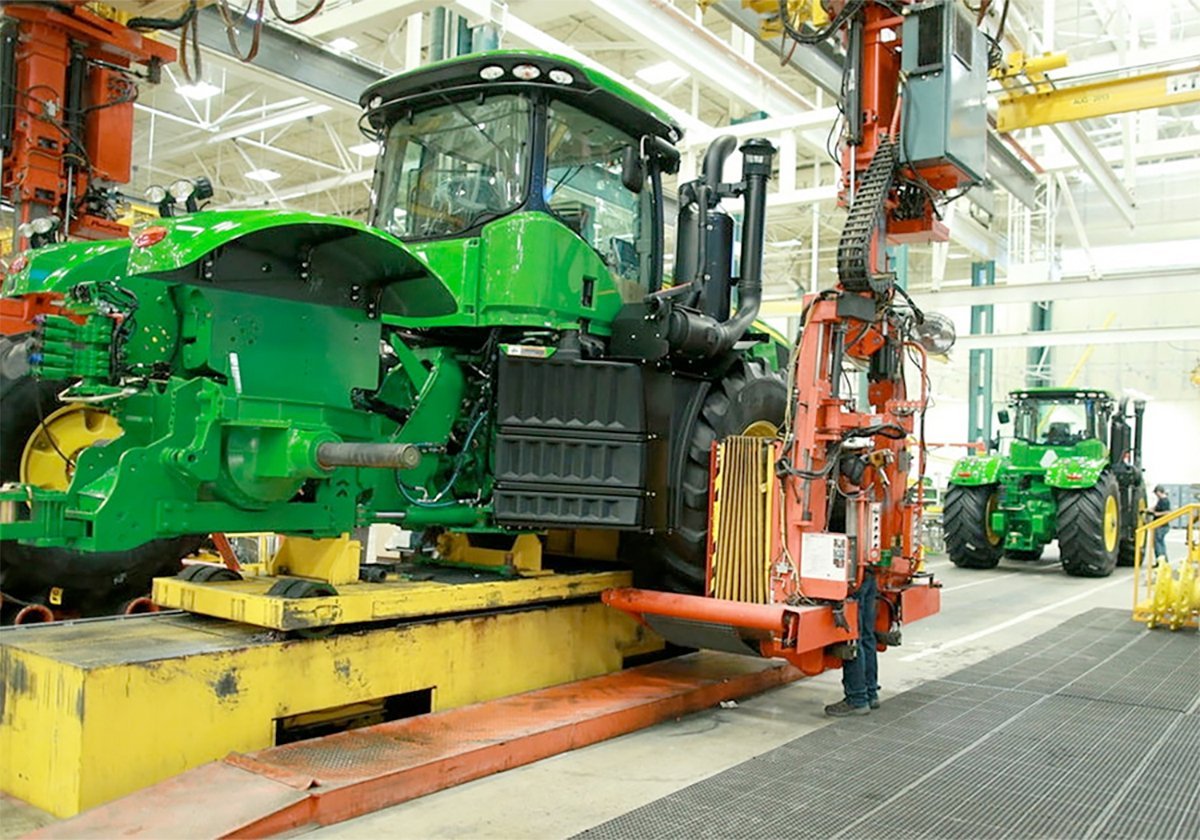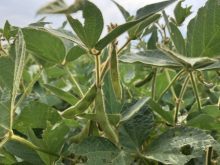THE ice-breaker question at a meeting I attended recently was “what keeps you grounded or gives you hope in these times?”
Many of the participants, both rural and urban, responded with “working in my garden” or “digging in my flower beds.” A few admitted that watching others dig in the dirt was grounding enough for them.
Whether it’s a kitchen garden, a serious potato patch on the field or a tomato plant on the balcony, sowing seeds and watching plants grow is an experience of wonder. That’s particularly true for the prairie gardener, where the change from the deep-freeze to the bursting green of spring can happen with dizzying speed.
Read Also

Trump’s trade policies take their toll on Canadian producers
U.S. trade policy as dictated by president Donald Trump is hurting Canadian farmers in a multitude of ways.
Gardening has much to recommend it. On the personal health side, it gets you out into the fresh air. It puts you in touch with the earth – literally. It enriches your understanding of what it takes to grow food. And, if you take careful note, it opens the way to learning more about food, culture and biodiversity.
Each garden patch is a unique piece of ground. And traditionally gardeners, most often women, selected, developed and exchanged seeds to suit particular places and needs. This resulted in a rich diversity of seeds, suitable for all kinds of conditions. And a wonderful variety of regionally unique food cultures grew out of, and depended on, these locally grown plants.
But garden seed, as field crop seed, has become standardized and commercialized. With the emphasis on certain traits, such as size and productivity, characteristics such as unique flavours, odd shapes or colours and unusual growing habits are eliminated. As a result, there are fewer varieties of seeds from which to choose. And, as elsewhere in the food system, a declining number of companies own these standard seed varieties.
The alarming loss of biodiversity in seed varieties, estimated to be as high as 75 percent of key fruit, grain and vegetable varieties worldwide, is a serious threat to long-term food security. We need more, not fewer, seed varieties to meet the challenges of climate change, new diseases and evolving food needs.
A quiet movement of gardeners has been working against the dominant trend. In the nursery rhyme manner of “Mary, Mary, quite contrary, How does your garden grow?” they propagate, collect and exchange traditional or heritage seeds.
Popular Seedy Saturday events across Canada invite gardeners to buy and exchange seeds and to learn from each other. The benign, earthy tone of these events belies their radical nature.
Maintaining a living gene bank in peoples’ hands is a powerful counterweight to the privatization and corporate control of horticulture seeds.
So the ancient and well-loved art of gardening offers more than the promise of fresh, healthy, homegrown tomatoes. It can be part of a concrete dynamic way of enhancing cultural and biological diversity. And it can also keep you well grounded and living in hope.
Nettie Wiebe is a farmer in the Delisle, Sask., region and a professor of Church and Society at St. Andrews College in Saskatoon. The opinions expressed are not necessarily those of The Western Producer.














